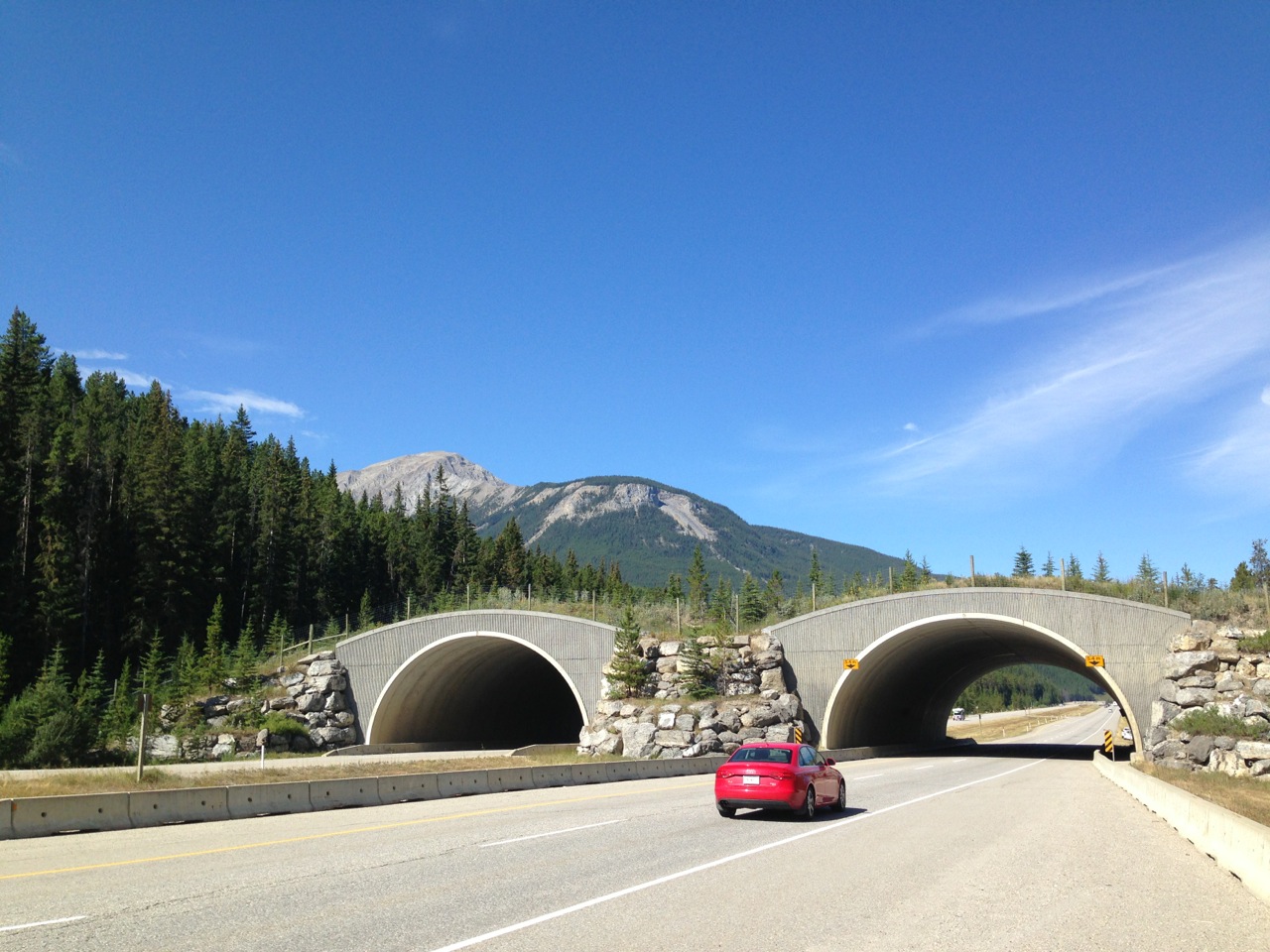The Department of Environment has urged the Ministry of Roads and Urban Development to take measures to reduce the number of roadkill and alleviate its impact on Iran’s wildlife.
Vehicle-wildlife collisions kill countless animals each year, Mehr News Agency reported.
According to Majid Kharrazian Moqaddam, director of DOE’s Biodiversity and Wildlife Office, the department has identified the country’s most dangerous roads and specified the segments where the highest number of accidents occurs.
“Our responsibility is to identify the roads and outline measures that must be taken to reduce the wildlife toll of roadkill. We’ve done our part and have instructed the ministry and law enforcement officials,” he said.
“Vehicle-animal collisions are one of the top causes of mammal deaths in the country based on a nine-year study.”
The official said the ministry was apprised of DOE’s suggestions last week, “and now we have to wait and see what happens”.
One of the most dangerous roads for wild animals in Iran passes through Golestan National Park in Golestan Province, northwestern Iran.
“We’ve precisely stated what areas need underpasses (to connect the two sides of the protected area divided by the road) and detailed other criteria, such as the height and width of the tunnel,” Moqaddam said.
Golestan National Park is one of the most biodiverse protected areas in Iran, boasting species as varied as Persian leopards, Indian wolves, wild boars, maral deer, roe deer, urial (a type of wild sheep), wild goats and goitered gazelles.
Wildlife Crossings
Designing roads with wildlife in mind would make a great difference, but that strategy only works with new roads and does nothing to improve existing ones.
Affordable options such as introducing stricter speed limits and putting up “animal crossing” signs generally fail to have the desired impact, as drivers are less likely to pay attention to traffic signs and follow speed limits without proper enforcement.
On the other hand, constructing wildlife crossings, such as vegetated over- and underpasses, have proven effective in other countries, but the problem is that these crossings can be expensive.
Overpasses in Canada have managed to reduce collisions with mule deer and elk by more than 90%, according to Scientific American, while in Florida, USA, underpasses and barrier fences have reduced panther mortality to almost zero along about 110 kilometers of road.


